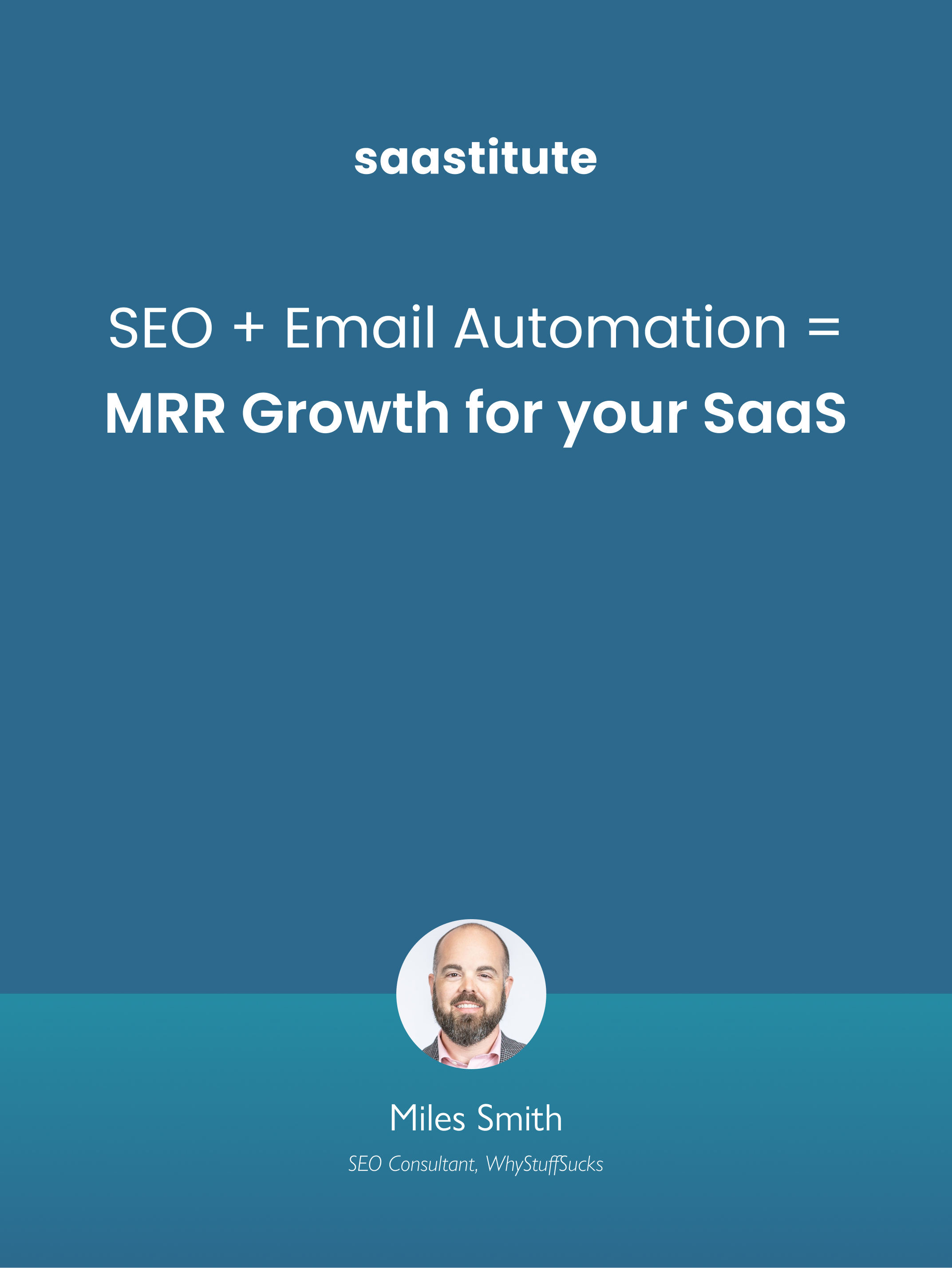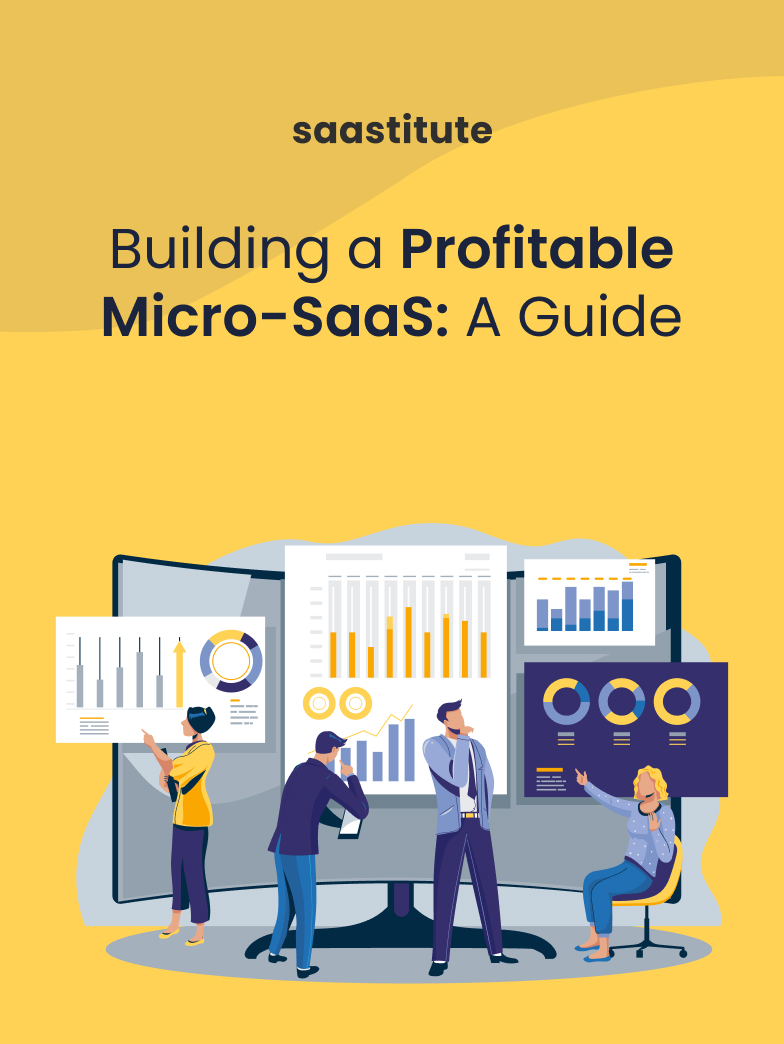Should Your B2B SaaS Product Offer Free Trials?
Free trials are of the most powerful tools to attract leads and prospects. Here’s everything you need to know about free trials and how to make the best of it for your B2B SaaS.

Offering a free trial of your SaaS to your prospect is a strong step towards getting yourself a new conversion. According to a 2017 study, B2B SaaS companies that offered free trials saw an average conversion rate of 66%. Here’s everything you need to know about free trials and how to pick the right one for your B2B SaaS.
Free Trial: Types and Steps
For a successful free trial strategy, there are a lot of moving parts that go hand-in-hand to complement each other. These include choosing the right free trial model for your SaaS, choosing the duration of the free trial, and the limitations of the free trial.
Types of Free Trials
Free trials can be of two types: those that require no credit card details upfront (opt-in), and those that require credit card/payment information (opt-out). The two have a difference in conversion rates, with opt-out free trials being 60%, whereas opt-in free trials have 25% of users converting.
How to choose a free trial model for my B2B SaaS?
- Brand trustworthiness: If you have a well-known brand, prospects are more likely to provide their credit card details. Smaller and newer companies should choose an opt-in model as this raises the chances of the prospect signing up.
- Building trust: In the case of an opt-in model, trust is developed as the user signs up and used the product over time. But for the opt-out model, trust should be established beforehand through inbound marketing and showing the product’s value.
- Customer persona: Having a clearly defined customer persona makes it easier to decide which model works best for the prospects. For example, people in the 18-25 age demographic might not be willing to provide their credit card details to a company which is relatively unheard of.
Duration of the Free Trial
Choosing a time duration for the free trial depends on the type of product and the free trial strategy. A complex product such as a photo editor or an accounting software requires more time for the user to get accustomed to the UI and features.
According to Close, 99% of B2B SaaS products should limit the trial to 14 days, max. This is due to:
- A small percentage of users use the product for longer than three days in a row.
- Users are more likely to engage with the product if they have a shorter period to work with.
- Reduces the sales cycle length as the acquisition strategy should be to show value in the shorter period.
Offering a free trial for longer than 14 days works well for products that have the potential to build a dependency on the user. Products such as Dropbox and Evernote are where offering a free trial for a longer period makes sense, as if the users wanted to switch platforms after their trial is completed, they’d have to go through the hassle of downloading and re-uploading all their files. When the user is locked into the product, they are more likely to convert to a paying customer.
Types of Limitations in a Free Trial
Congratulations, your B2B SaaS now has its first sign-up for the free trial. Now you need to decide on what they get, and what they don’t. Withholding a critical feature or offering multiple smaller/insignificant features is a big turn off for a new user and a shortcut to losing a lead. Here are the different ways you can limit features in your products:
- Feature Limit: One of the most popular limitations. This involved disabling the user from performing some important functions on the software. For example, online storage can disable file sharing through links for free users.
- Usage Limit: This limits how many times a certain action can be performed. For example, LastPass’s free plan limits the user from switching devices to 3 switches, after which users need to upgrade to continue using their service.
- Output Limit: Limiting the output quality or capacity is a good way to give the user more features but also limit functionality. For example, a video editing software could offer much more features in their free trial period, but limit the output quality to 720p or add a watermark on the final video.
- Capacity Limit: This includes limiting the file size capacity that the user can upload. For example, Dropbox’s 2GB storage limit.
- Annoyware: This is not a limitation, rather it is a constant reminder in the form of a pop-up or a message reminding the user to pay for the product. This can also be used in conjunction with other limitations, but the software usually comes with all the features ready to use. For example, WinRAR, need I say more?
Best Free Trial Practices to Boost Conversions
Here are some pointers on the best free trial practices to give your user the best experience and increase the chances of conversion:
- Make the onboarding process easier by including steps to incorporate the software into their everyday workflow.
- Reduce the learning curve through on-screen pop-ups during random intervals. These can be used to inform the user about a feature or a function to get the user to engage with the product more. Have a quick start guide the first time they open the software to run them through the product’s main highlights
- Optimize the SaaS to run bug-free, as bugs and glitches in free software do not help to build users’ trust in the product.
- Remind the user the time left in the trial. This can be done as soon as the software is opened, as a popup message after the software has been closed, or as a constant display on the bottom of the screen.
- Conduct surveys to find the most used, least used and most requested to use features. The product could have a feature that many users could have requested, and offering this could make a difference in the longer run.
What to do after the free trial period is over?
After the free trial period has expired, the company needs to take action to convert the user if the user hasn’t already converted. Here are a few points to help conversions post-trial period expiration:
- According to Totango, 70% of free trial users who have used the product for more than 3 days are 70% more likely to convert if contacted and persuaded by a sales representative. When the trial period is almost over, have your sales team give the user a call to try and convert them to a paying customer.
- If the user decides to extend the trial period, why not offer them a discount coupon to increase active sign-ups during the usage period.
- Use automated e-mail marketing to keep in touch with the user during and post-trial period
- If they do decide to buy your product, make the payment and activation process easier. Send the activation key through e-mail along with step-by-step pictures to activate the product.
What to do if the users don’t convert after the free trial period?
Only about 15-50% of the prospects who signed up for the free trial actually become paid customers, which leaves 50-85% of users who didn’t convert. Rather than just letting them stop using the product, here are a few things to do if the user decides to not convert.
- Conduct a customer exit survey to find out why the majority didn’t convert. Keep the questions brief and try not to take more than 7 minutes of your lead’s time as this increases the abandonment rate.
- Conduct a phone interview to enquire as to why they didn’t convert. This could also be a good time to persuade them with an offer or a discount.
- Ask if your company can still market to the user through emails. Your sales team can focus on the leads that opted into future emails.
- If the user opts into your emailing list, avoid spamming their inbox with offers or any future deals. Rather choose to email them once every month or fortnightly to keep them updated about the changes in your SaaS.
To wrap it up...
Choosing to offer a free trial comes after extensive market research and analysis. Here’s an article that talks about how to conduct B2B SaaS market research that talks about the steps involved before, during and after market research.














.svg)


